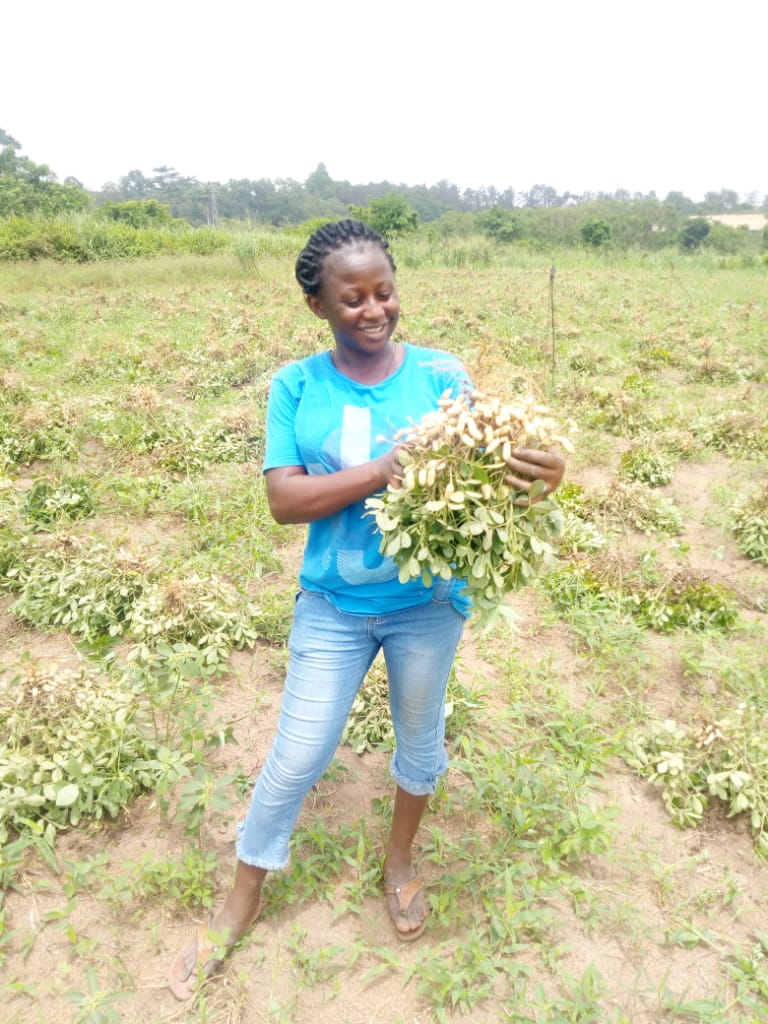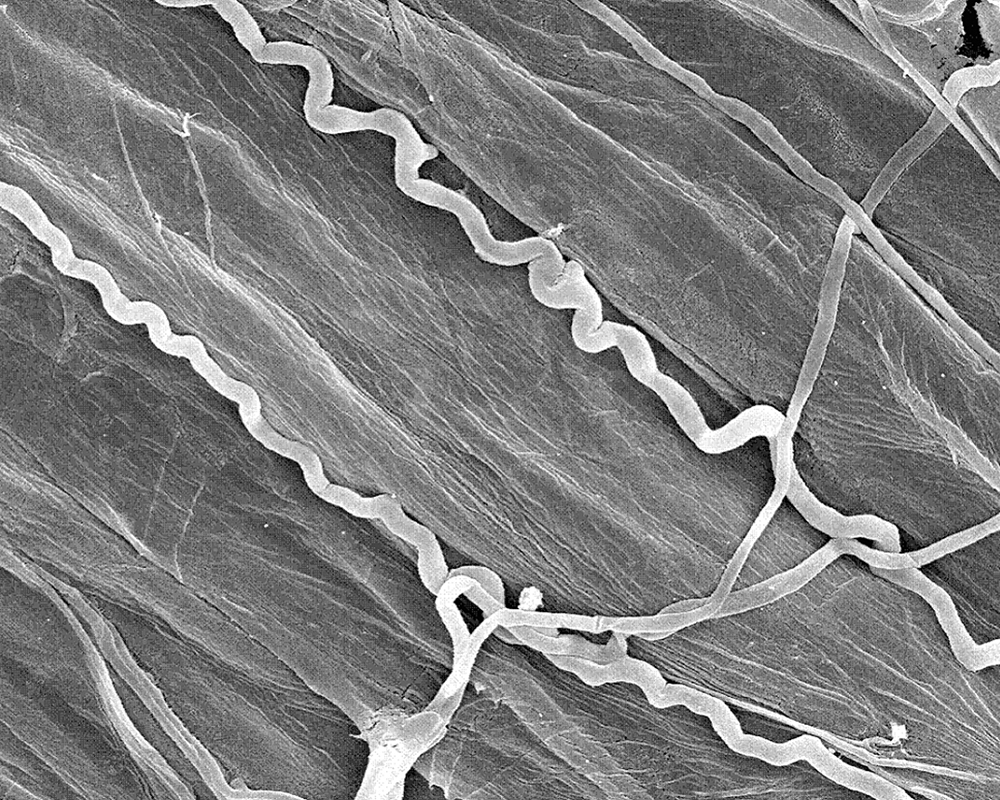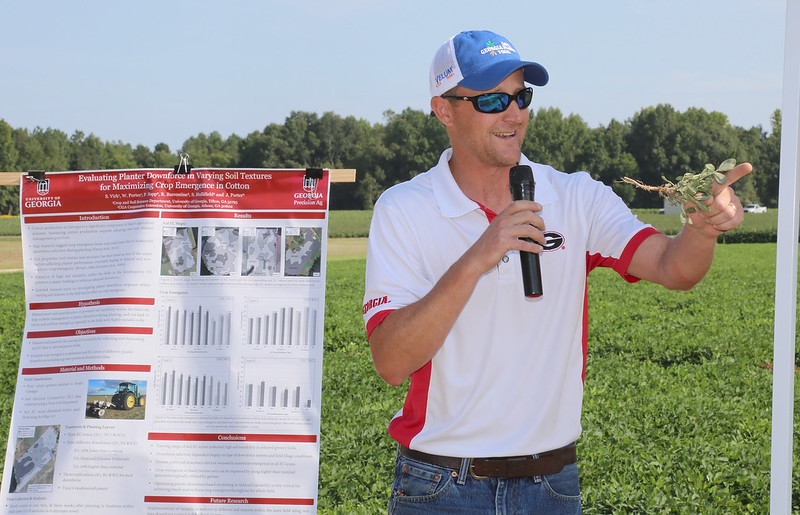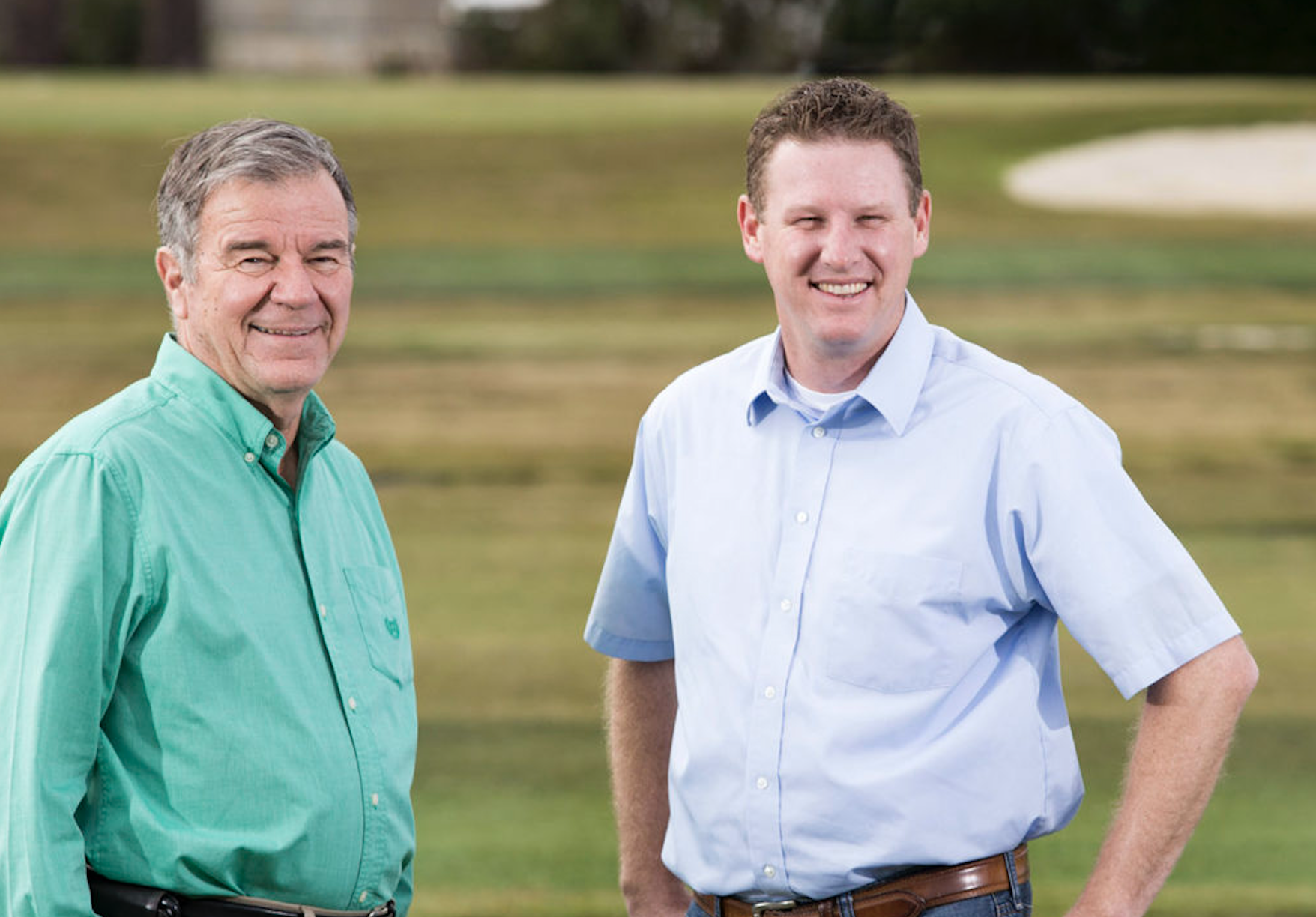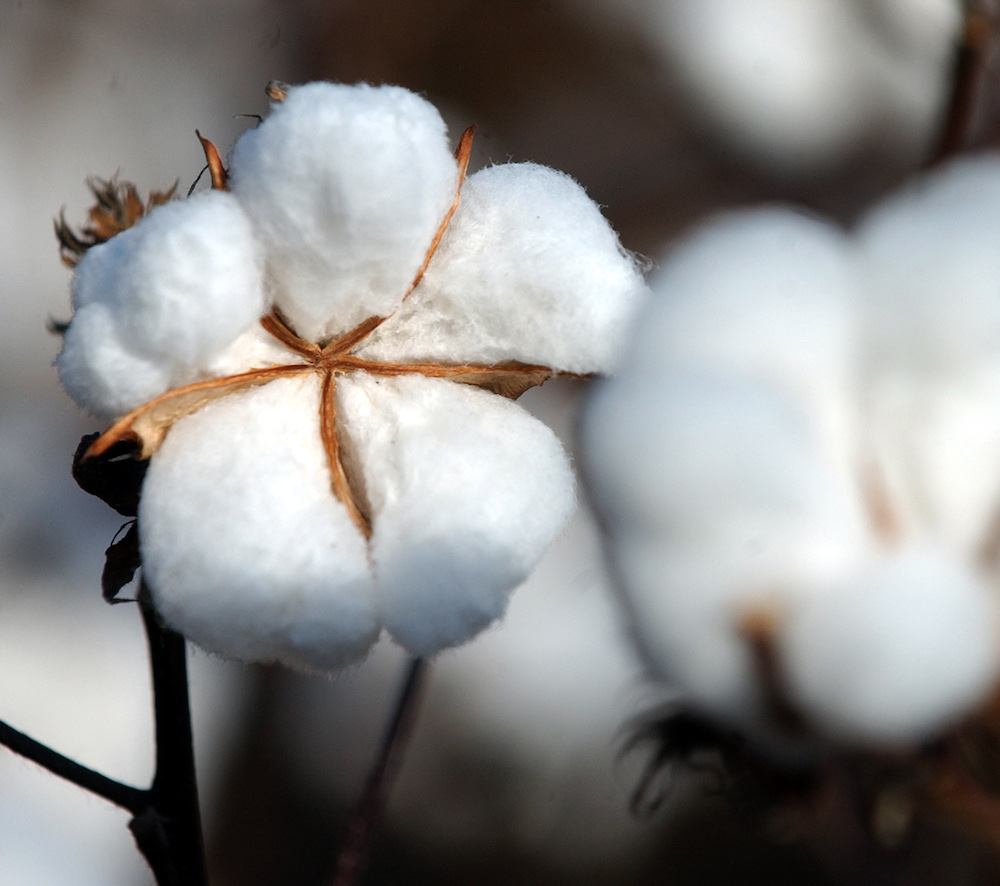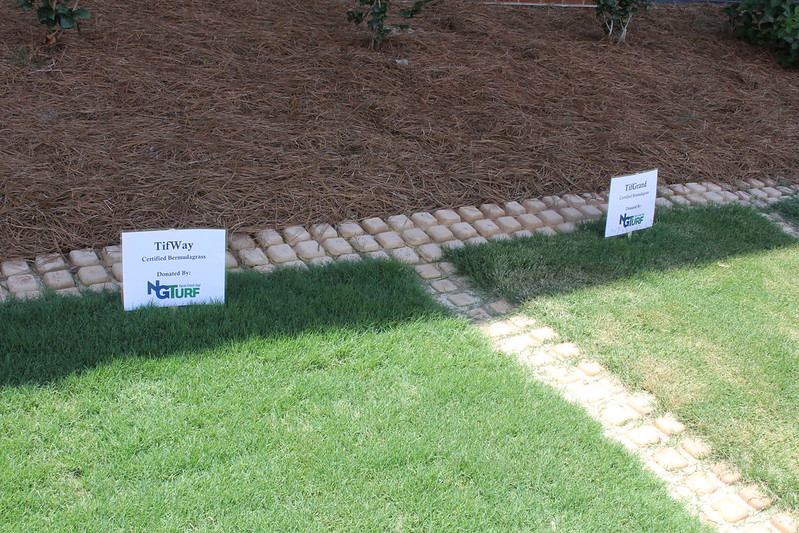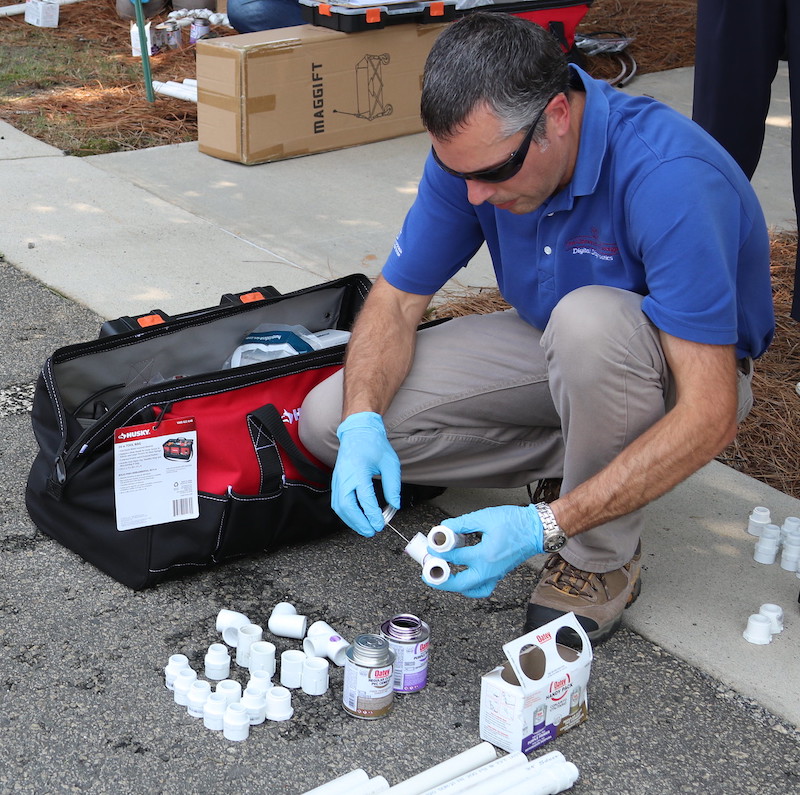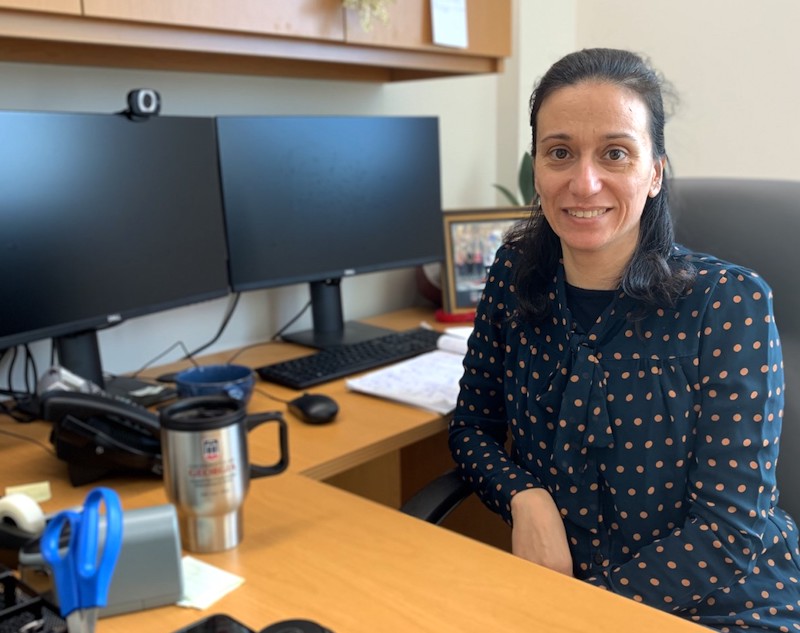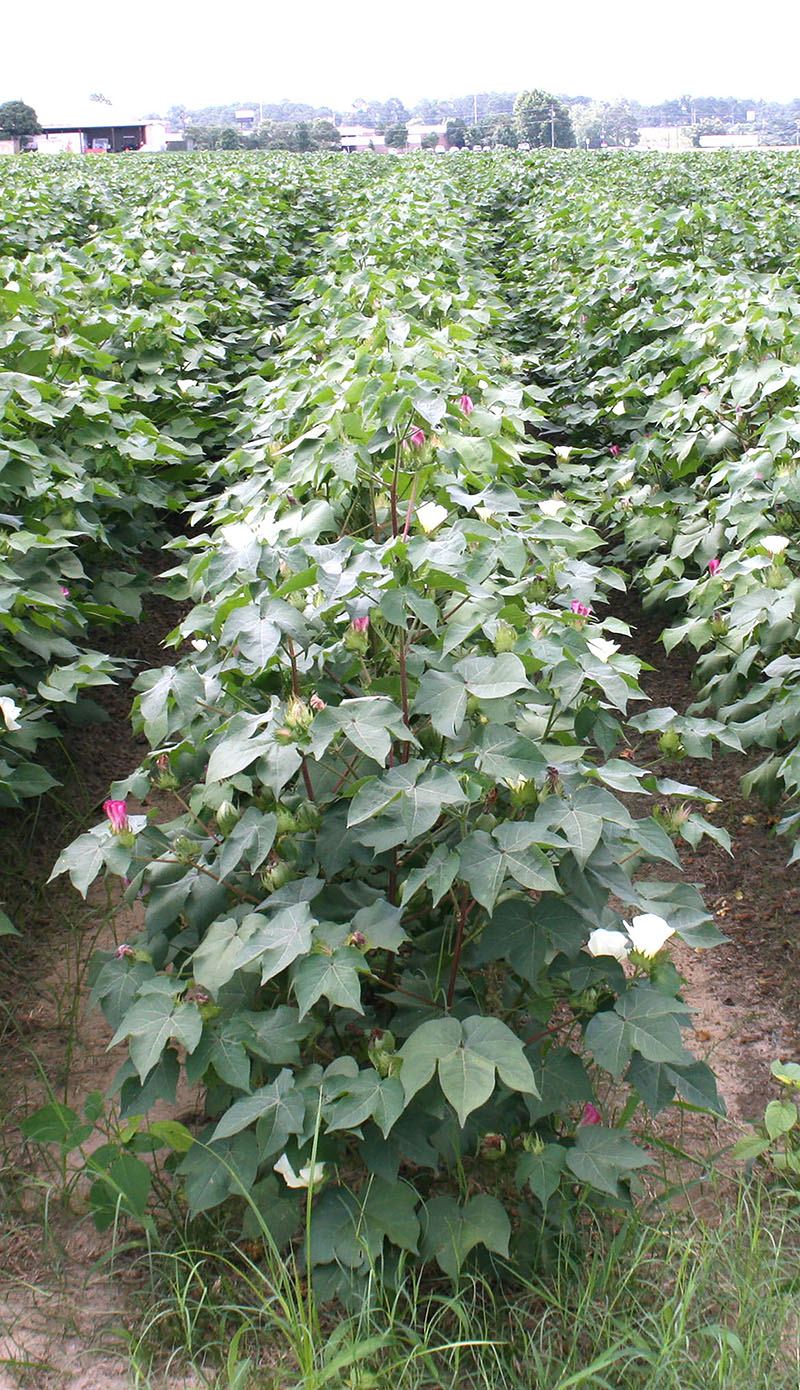 CAES News
CAES News
Three products approved
The U.S. Environmental Protection Agency (EPA) has approved new five-year registrations for two dicamba products and extended the registration of an additional dicamba product for use on dicamba-tolerant cotton and soybeans in a decision estimated to save growers and producers of the products millions of dollars in lost revenue.

